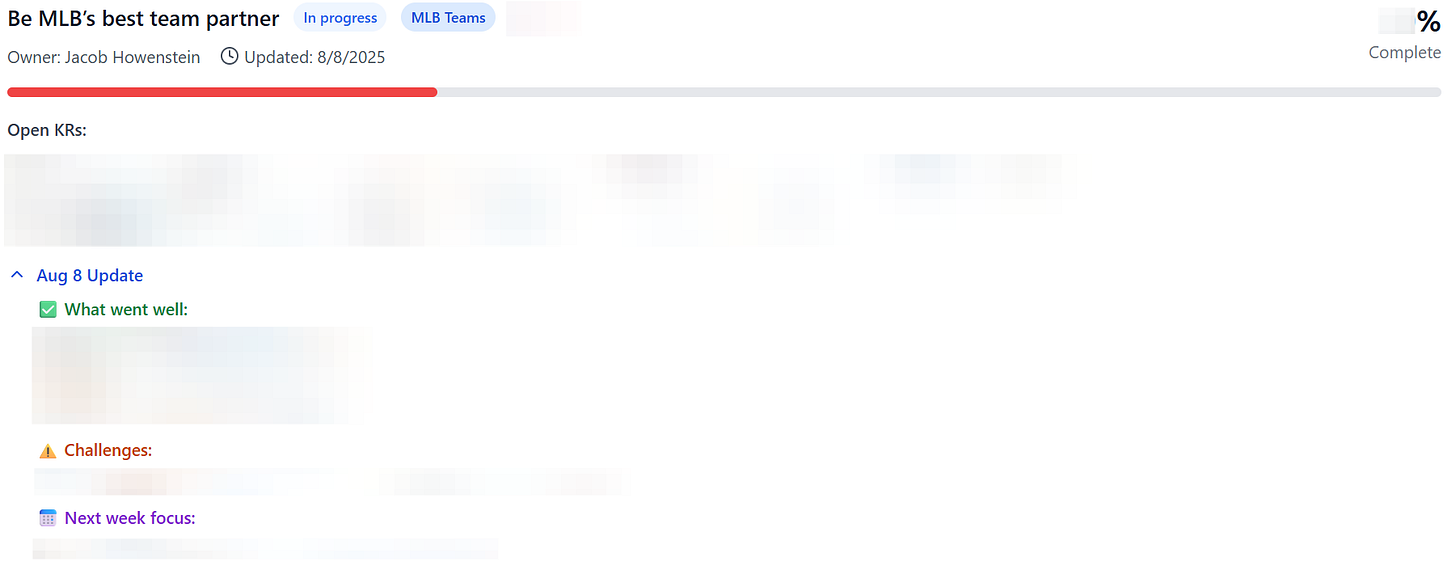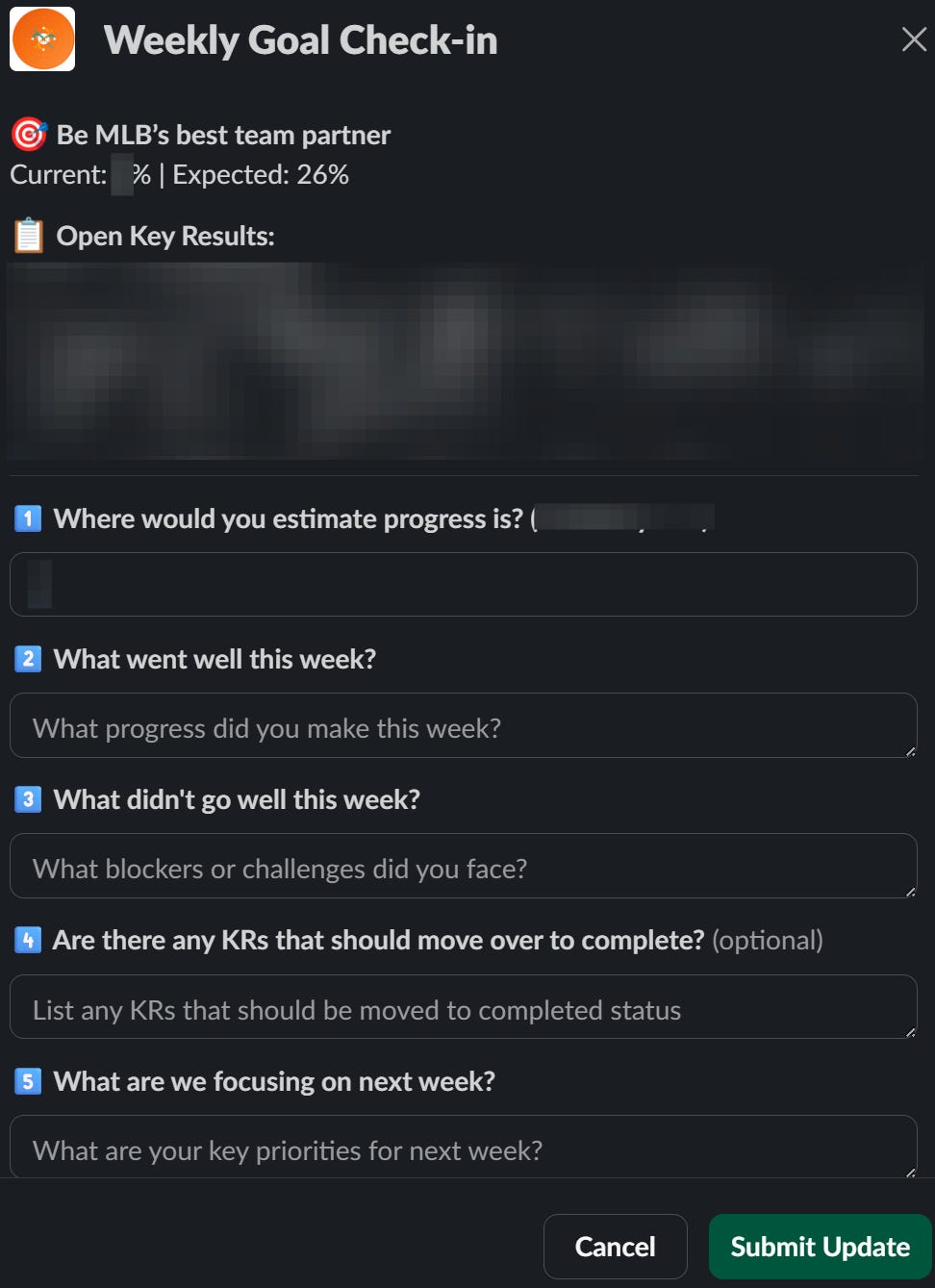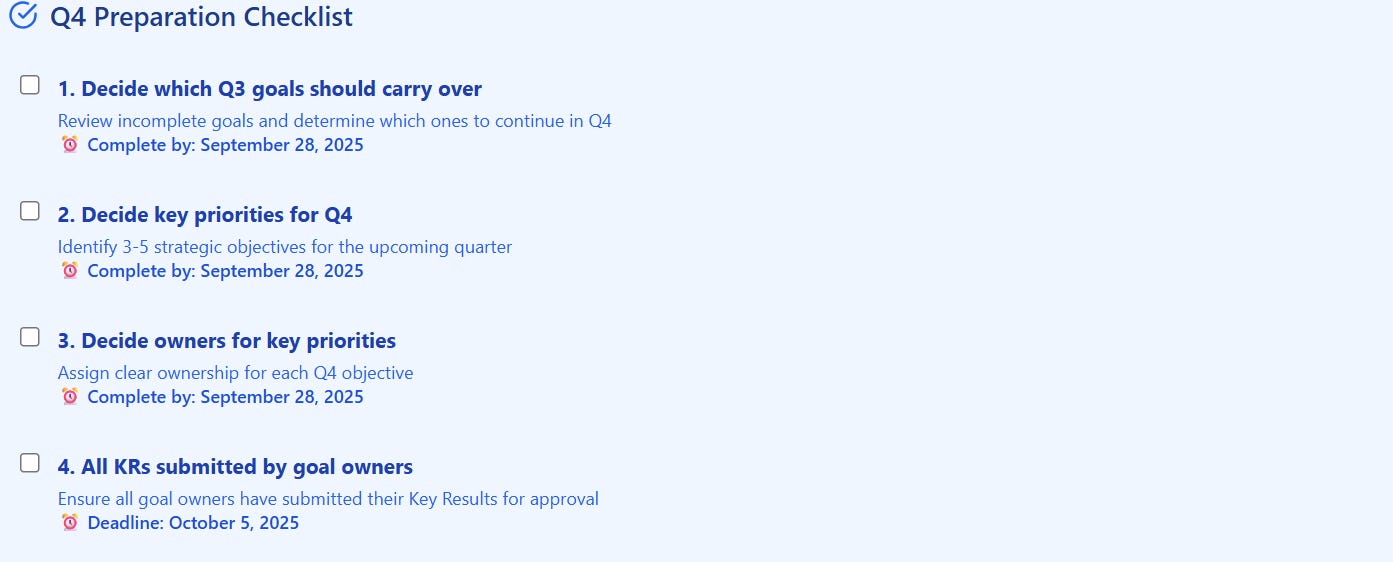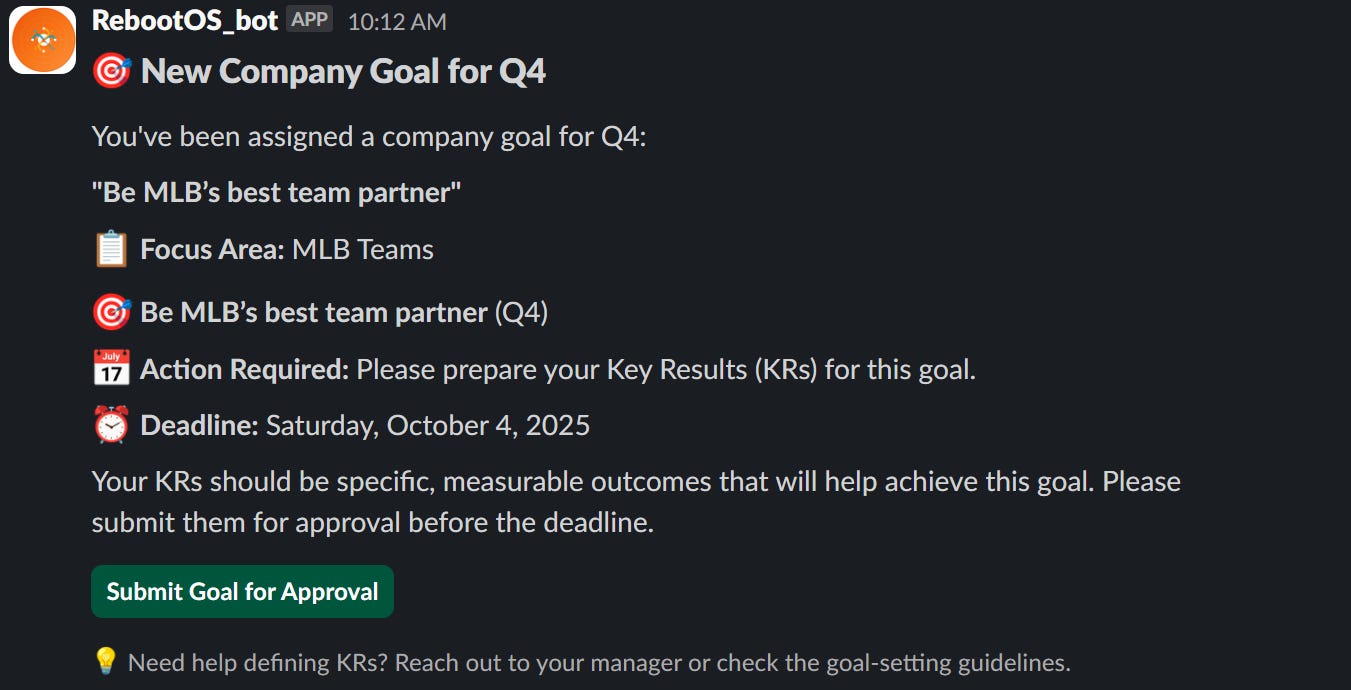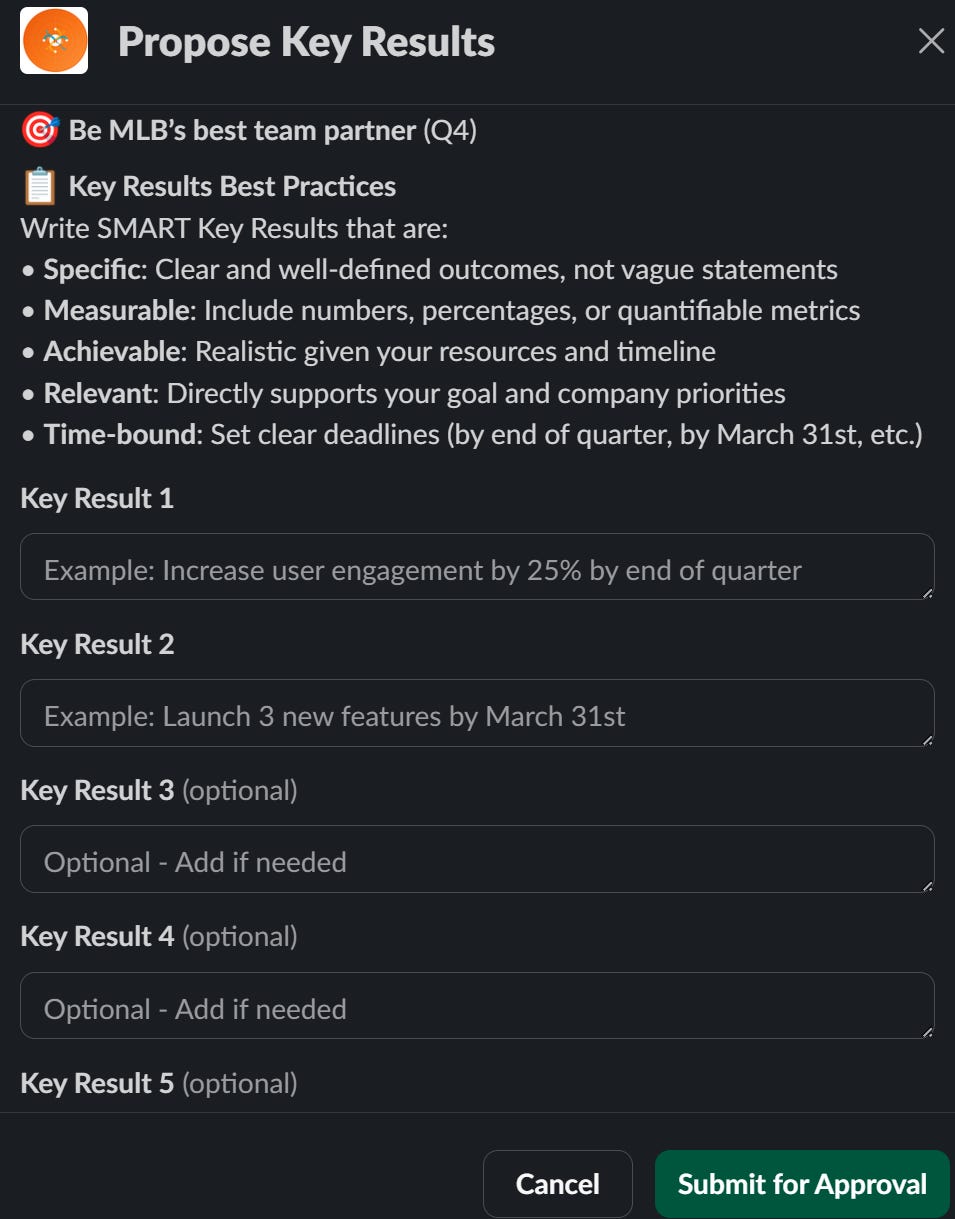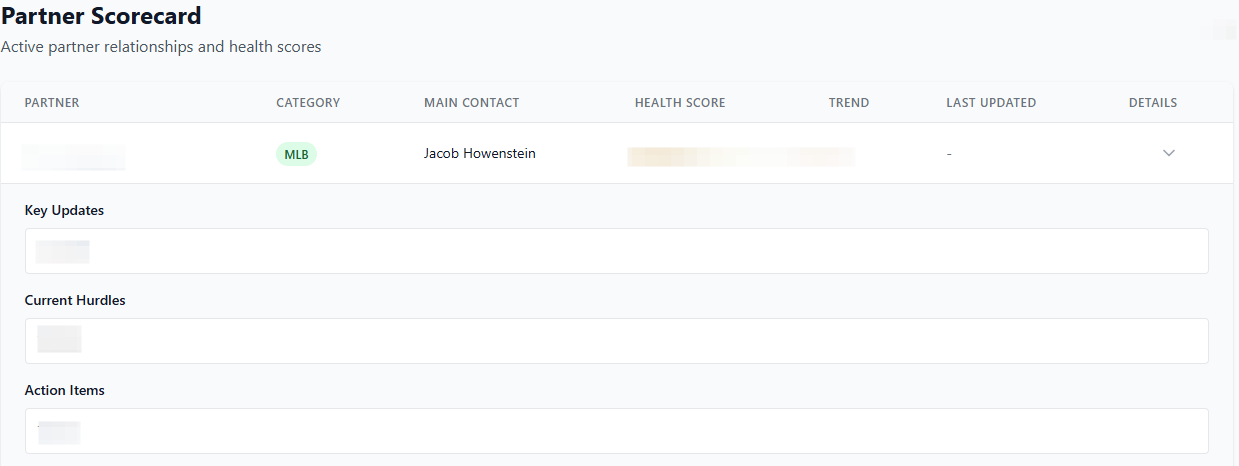Reboot OS
How our least technical employee (me) built an internal tool to help us improve alignment, efficiency and, most importantly, long-term partner happiness.
Learn Your Keep is my way of discussing what I learn growing Reboot Motion. If you would like to receive it directly in your inbox, subscribe below.
Skeptical optimism.
It’s one of my favorite traits.
While I usually talk about it through the lens of biomechanics adoption, there’s a lot happening in tech outside of our bubble- mostly with advancements in AI.
Here, I need to be a skeptical optimist.
I need to learn how others leverage new tools, test them myself, and do so while questioning fanatical claims and being cognizant of the risks.
I’ve already started down the path- as Claude has become a daily research and writing partner.
But others are doing more. They’re building. They’re automating. They’re solving problems for their businesses.
So I wanted to see if I could do the same.
To get started, I needed a problem worth solving. Lucky for me, when you’re running a startup, there are always problems.
Defining the Problem
Every company has goals, has a vision, and has a way of doing business- whether they’re explicit or not.
At Reboot, using the Entrepreneurial Operating System as a guide, we’ve always had them written down, specifically detailing:
A 5 Year Target, which we then work backwards from to build 1) a 3 Year Picture 2) an Annual Plan and 3) quarterly goals for us to execute on.
A variety of other concepts like playbooks, input metrics, and more.
I remember feeling great when I put these in place.
However, over time, that feeling faded, as I worried we weren’t living what was on paper. I kept asking myself:
Is everyone thinking about our goals when they prioritize their roadmap?
Are we checking back in on what we said we were going to do, and applying the right urgency to reach our lofty expectations?
Are we bringing the entire team along in planning?
It wasn’t hard to diagnose the problem.
We built what I called “RebootOS”.
However, RebootOS was static. We needed to give it a pulse.
So, with a combination of 1) Claude’s chat interface 2) Claude code and 3) Vercel, I started my mission of bringing RebootOS to life.
RebootOS
Quarterly Goals
If I accomplished nothing else, I wanted Reboot to get better at 1) goal setting and 2) goal delivering.
As a fully remote company, it is too easy for wires to get crossed, or for a person or team to go down a rabbit hole. We needed to have an easy way to (almost excessively) highlight our goals and track weekly progress.
With that in mind, I knew the first two pages to build.
First, I wanted to highlight Reboot’s 5 Year plan, 3 Year Picture, and Annual Plan. These won’t change often, but it’s important to make them visible.
Next, I brought in our quarterly goals- side by side with the long-term vision.
Excusing the crossed out details that are Reboot specific, we built the following:
A summary of where we are as a team- with our progress measured against how far into the quarter we are.
A breakdown of each goal, including 1) our open key results 2) our completed ones (if applicable) and 3) a recent update from the goal owner.
A system for weekly tracking:
Every Friday, each goal owner gets a DM from our RebootOS_bot asking them about their progress. They simply fill out the form, hit submit, and RebootOS updates.One advantage is obvious- once the goal owner hits submit, everyone can see where we are. The less obvious, but more important, win is that the goal owner is nudged to end their week 1) thinking about the one or two goals they are in charge of and 2) planning how to hit the ground running next week.
Quarterly Prep
Once we have a plan for tracking progress throughout a quarter, the next step is ensuring we correctly plan them out.
As part of RebootOS, we have a quarterly preparation checklist, which leadership is responsible for.
In Step 1, we go through our current goals and either 1) mark them complete or 2) carry them over to next quarter.
In tandem with reviewing the current quarter, leadership plans out the following one- looking at our long-term vision and deciding 1) where to focus and 2) who on the team needs to own the objective.
Once leadership decides on the next quarter’s goals (whether new or carried over), the goal owner will again get a slack DM from the RebootOS_bot, asking them to submit details, requiring leadership’s approval.
Traction
Outside of goal tracking and quarterly planning, another important part of RebootOS is monitoring the leading indicators that impact the lagging ones companies care so much about- retention, revenue, etc.
One of the ways we do this is by asking those who are in charge of different relationships to track status over time- specifically highlighting key updates, current hurdles, and action items.
Admittedly, there are flaws in relying on subjective metrics. However, in a world where we don’t have the exact objective data we want, we can’t let good be the enemy of great.
Moving Forward
V1 of Reboot_OS was planned, built, and deployed in ~2 weeks with zero engineering resources.
Since the rest the Reboot team far exceeds my technical abilities, I am excited for them to come back with UX improvements, feature requests, and (potentially lots of) bugs fixes.
With that said, as someone that stresses the importance of being the best partner possible to the teams we work with, this was an opportunity for me, as an operations leader, to hold the same philosophy internally.
How can we make it as easy as possible for our Head of MLB to track every relationship he manages?
How can we make it obvious to our engineers and biomechanists what is important, empowering them to work hand in hand with leadership to set priorities?
And how can we ensure the goals we set and the metrics we track are always front of mind…all in an effort to aid our mission of helping our partners excel in biomechanics at scale?
(If anyone wants to dig deeper about RebootOS- the application we built, things I may have missed, the general philosophy, etc. feel free to reach out.)





